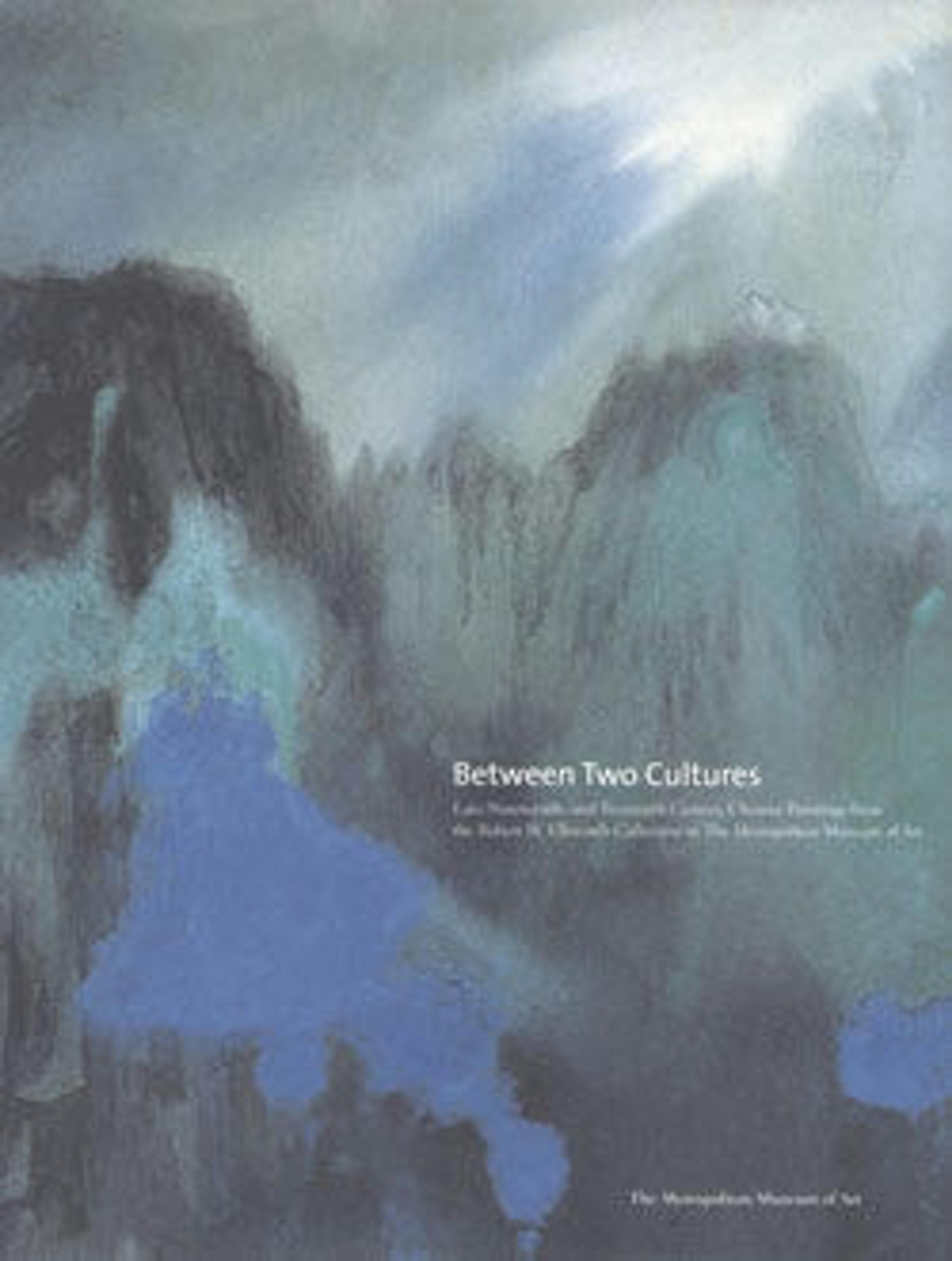The Immortal Li Tieguai
A true eccentric, Su Renshan was virtually unknown during his lifetime but was discovered in the twentieth century. Born just south of Canton, Su was given a classical education but failed the provincial civil-service examination. He gave up the pursuit of an official career and, at age twenty-two, devoted himself to painting. In 1842 a family dispute caused Su to leave home for five years. When he returned in 1848, he was denounced as unfilial by his father and imprisoned in the local jail, where he died in 1850.
Su's seemingly innocuous Immortal Li Tieguai, painted in the late 1840s, conveys the artist's growing frustration at having his talents go unrecognized. Li Tieguai (Li of the Iron Crutch) was one of the legendary Eight Immortals of the Daoist pantheon. Once, when Li was transmigrating outside his body, his seemingly lifeless form was discovered and cremated. When Li returned and found his body gone, he was forced to inhabit the body of a crippled beggar. In Su's humorous depiction, the immortal is shown sleeping, clutching his knees, his iron staff beside him, the brim of his straw hat framing his body like a halo. A gourd, symbol of immortality because of a paradise magically concealed within, lies on the ground. Both the gourd and the immortal are presented frontally, their foreshortened forms appearing as a series of concentric contours.
Su's seemingly innocuous Immortal Li Tieguai, painted in the late 1840s, conveys the artist's growing frustration at having his talents go unrecognized. Li Tieguai (Li of the Iron Crutch) was one of the legendary Eight Immortals of the Daoist pantheon. Once, when Li was transmigrating outside his body, his seemingly lifeless form was discovered and cremated. When Li returned and found his body gone, he was forced to inhabit the body of a crippled beggar. In Su's humorous depiction, the immortal is shown sleeping, clutching his knees, his iron staff beside him, the brim of his straw hat framing his body like a halo. A gourd, symbol of immortality because of a paradise magically concealed within, lies on the ground. Both the gourd and the immortal are presented frontally, their foreshortened forms appearing as a series of concentric contours.
Artwork Details
- 清 蘇仁山 李凝陽像 軸
- Title: The Immortal Li Tieguai
- Artist: Su Renshan (Chinese, 1814–1849)
- Period: Qing dynasty (1644–1911)
- Culture: China
- Medium: Hanging scroll; ink on paper
- Dimensions: 45 1/2 x 15 3/4 in. (115.6 x 40 cm)
- Classification: Paintings
- Credit Line: Gift of Robert Hatfield Ellsworth, in memory of La Ferne Hatfield Ellsworth, 1986
- Object Number: 1986.267.9
- Curatorial Department: Asian Art
More Artwork
Research Resources
The Met provides unparalleled resources for research and welcomes an international community of students and scholars. The Met's Open Access API is where creators and researchers can connect to the The Met collection. Open Access data and public domain images are available for unrestricted commercial and noncommercial use without permission or fee.
To request images under copyright and other restrictions, please use this Image Request form.
Feedback
We continue to research and examine historical and cultural context for objects in The Met collection. If you have comments or questions about this object record, please contact us using the form below. The Museum looks forward to receiving your comments.
